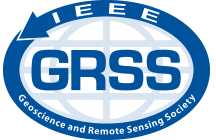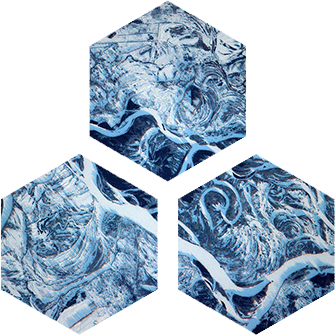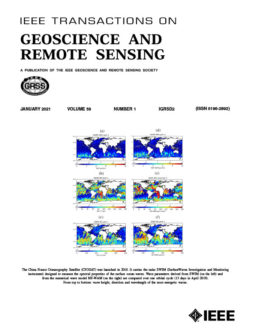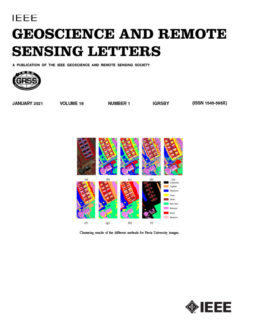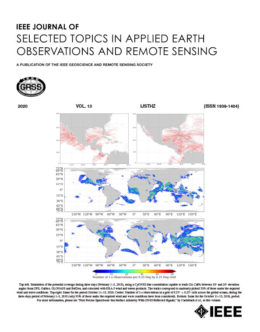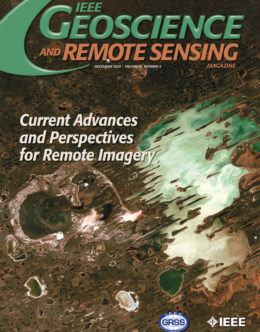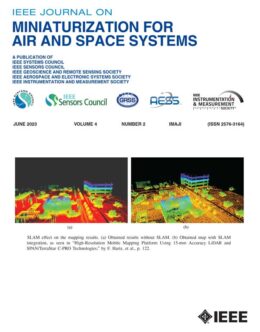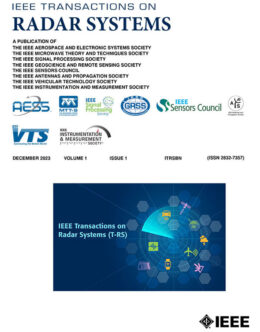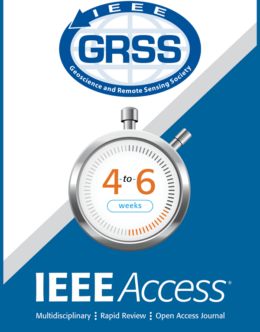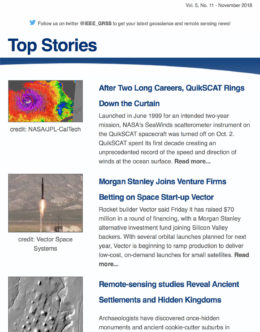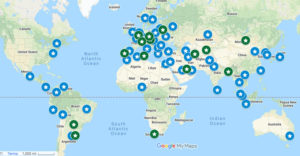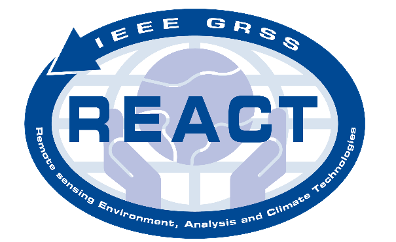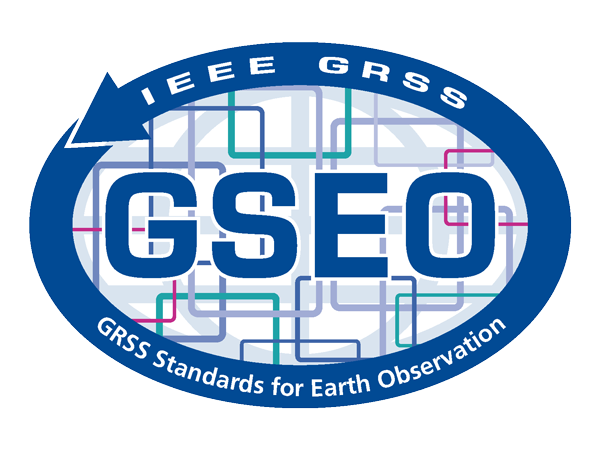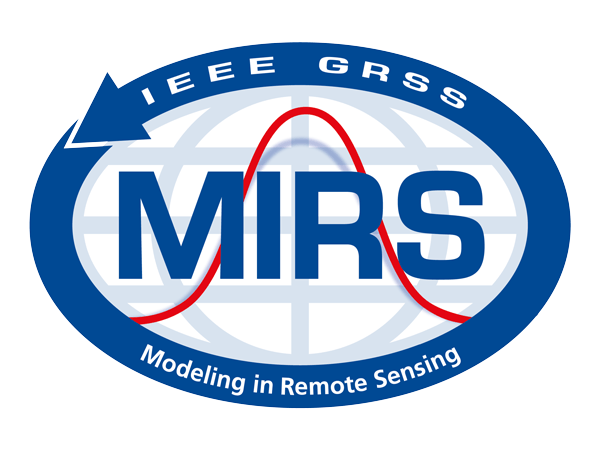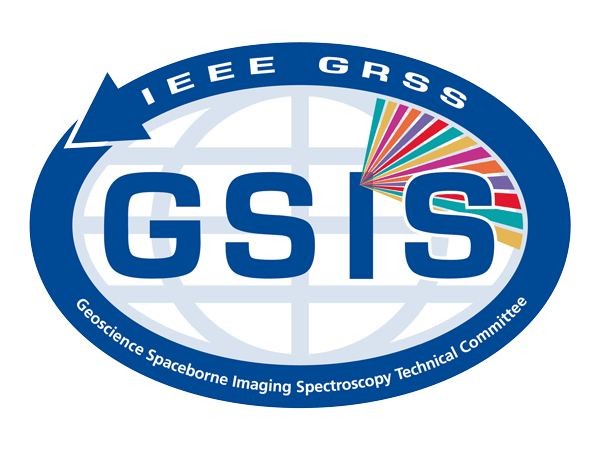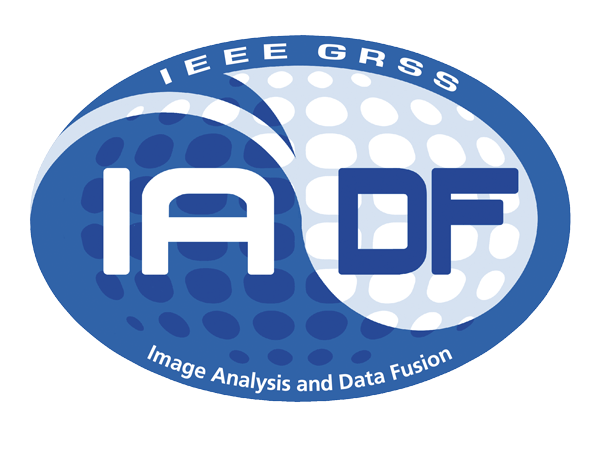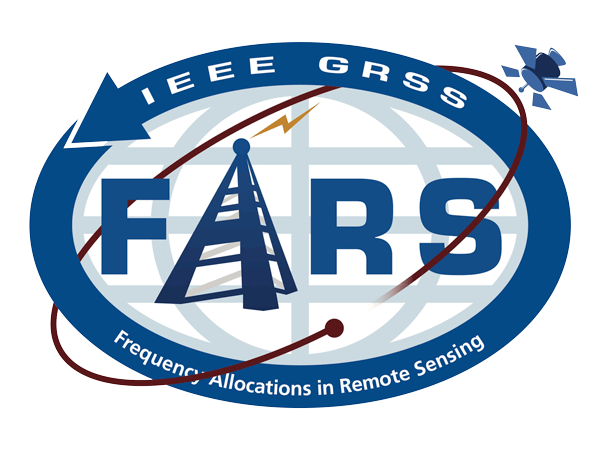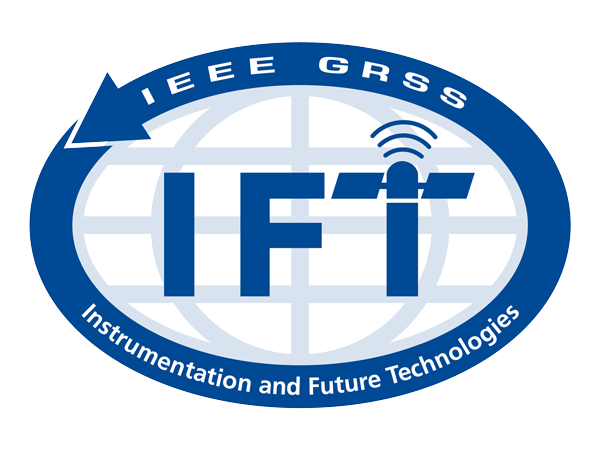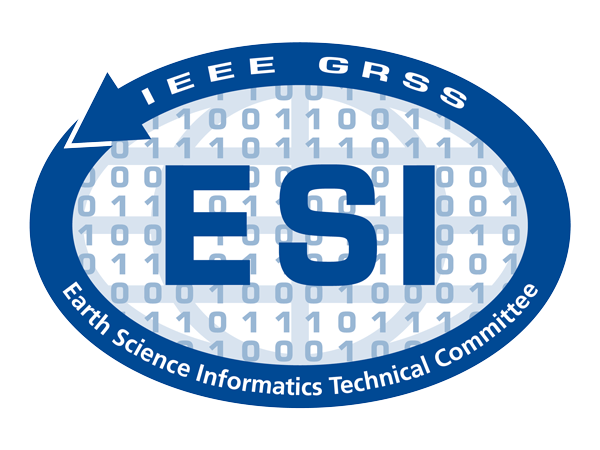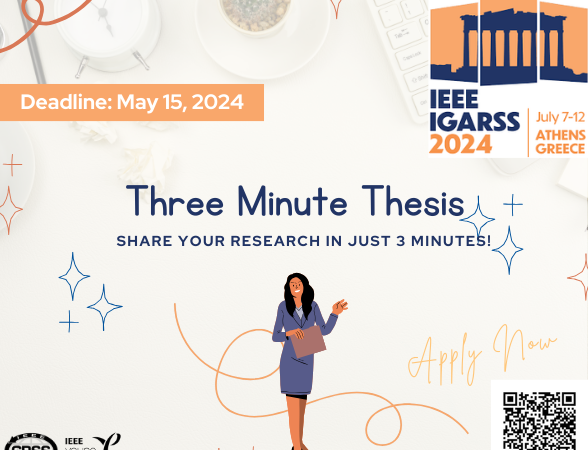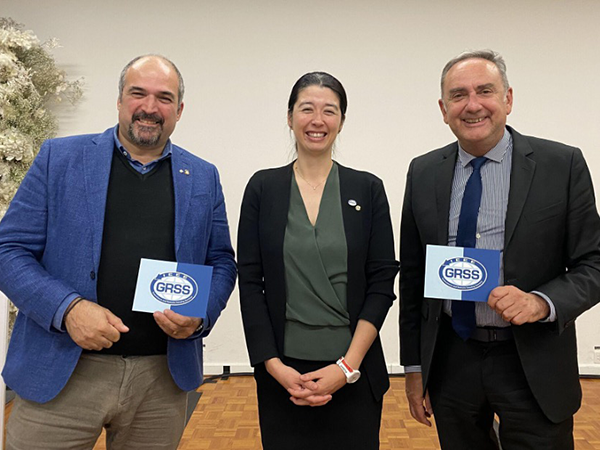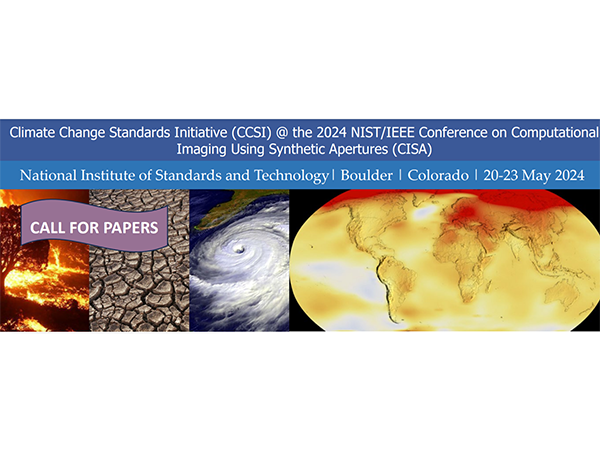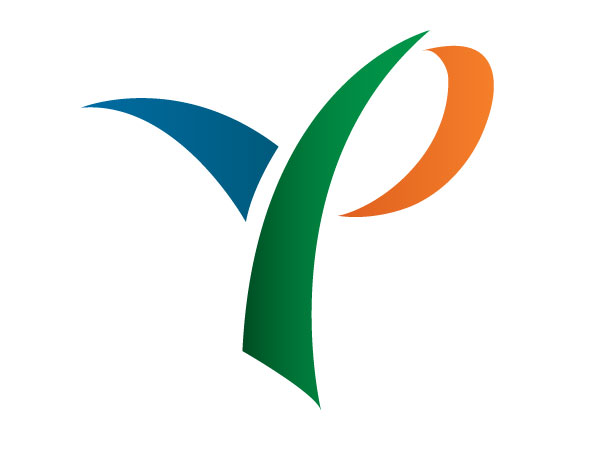Use of EO data for terrestrial Carbon Cycle assessment for India
Webinar Speaker: Prof. Vinay Kumar Dadhwal, National Institute of Advanced Studies (NIAS), Bengaluru
- Friday, September 24, 2021
- 5 PM IST, 7:30AM US Eastern Time
- Sponsored by GRSS and Bangalore Section
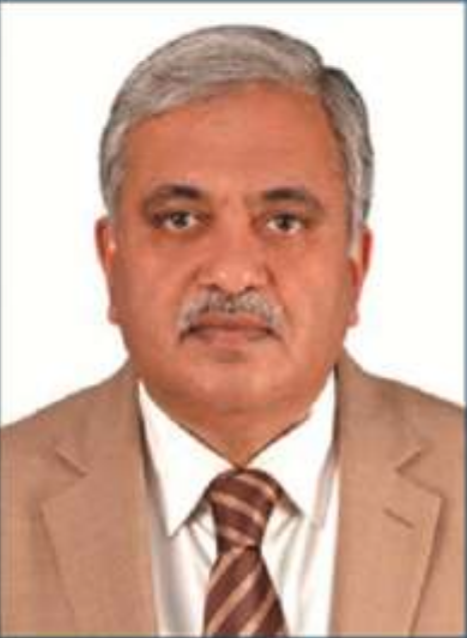
About the Webinar
Anthropogenic activities-led increase in atmospheric CO2–mixing ratio is at the centre of the climate change debate. The fate of annually released CO2, globally estimated at 40GtCO2/y (2010-2019), lies in its oceanic absorption (23%), with an atmospheric increase of 46% while the remaining 31% is stored in terrestrial ecosystems but cannot be located spatially with high certainty. The gap in terrestrial carbon (C) cycle quantification arises from its large spatial heterogeneity, absence of direct global-scale measurements, large C pool in the soil as organic (OC) and inorganic (IC) compounds, seasonal and interannual variability in the assimilation of atmospheric CO2 by plants, and local and intense human intervention effect on C pools and fluxes. This talk will present the major findings and the remaining challenges of a major study, initiated in 2007 on quantification of the Indian carbon cycle, called the National Carbon Project (NCP), under the ISRO Geosphere Biosphere Programme (ISRO-GBP), with the participation of a large number of Indian institutions.
NCP focused on quantification of the vegetation- and soil C pool through a nation-wide primary data collection, earth observation data-based stratification and data integration to develop high-spatial-resolution maps of the forest phytomass C pool, as well as the soil OC and IC pools. These estimates overcome limitations in earlier estimates, which examined area-weighted biomass (growing stock) for forests and followed a soil order- and map-based approach, which ignored the soil OC variation due to land cover/use. In order to capture the spatial and temporal changes in the C cycle, a detailed tracking of deforestation–afforestation, agricultural land use and other land cover are essential. Using data from multiple sources, including past topographic maps and time series of earth observations, a description has now been generated of the detailed forest cover change in south Asia over a 80-plus-year (1930-2015) period; this is a critical input in tracking forest C pool changes with spatial disaggregation.
An understanding of the C cycle requires that C pools at different periods be consistent with temporal and spatial pattern of C fluxes. This is a complex task requiring a combination of observations and modeling approaches. The vegetation–atmosphere C fluxes have been quantified through eddy-covariance flux towers, established in typical forests and in cropfields, and the results integrated into a spatial biosphere model of C flow for India. The models have also been extended to include oceanic flux data sets and those on the atmospheric transport of CO2. These spatial assessments are data-driven and have significant uncertainties, both of observations and parameterisation.
In future, advancing satellite technologies will provide newer data sets (LIDAR observations of tree height for improved biomass, for example), higher space-time sampling of columnar CO2, as well as geophysical spatial data fields, derived from earth observations for C cycle modeling. The terrestrial C cycle will, however, continue to be a challenging research issue.
Speakers’ Bio
Dr Vinay Kumar Dadhwal has 38 years of experience in ISRO/DOS and has extensively worked on use of earth observation data for a large number of applications, including crop discrimination, crop production forecasting, land transformation, disaster management support and the biogeochemical cycle of carbon. He was Project Director of the National Carbon Project (NCP), the results from which will form the subject of this talk. He has held many senior positions including Director, Indian Institute of Space Science Technology, Thiruvananthapuram (2016-2021); Director, National Remote Sensing Centre, Hyderabad (2011-2016); and Dean, Indian Institute of Remote Sensing, Dehradun (2004-2010). He has co-authored more than 300 peer-reviewed journal papers and co-guided eleven doctoral students. Dr Dadhwal is Fellow of the International Academy of Astronautics (Paris), National Academy of Agricultural Sciences (N Delhi), Indian Meteorological Society (N Delhi), Astronautical Society of India (Bengaluru) and the Indian Society of Remote Sensing (Dehradun).
